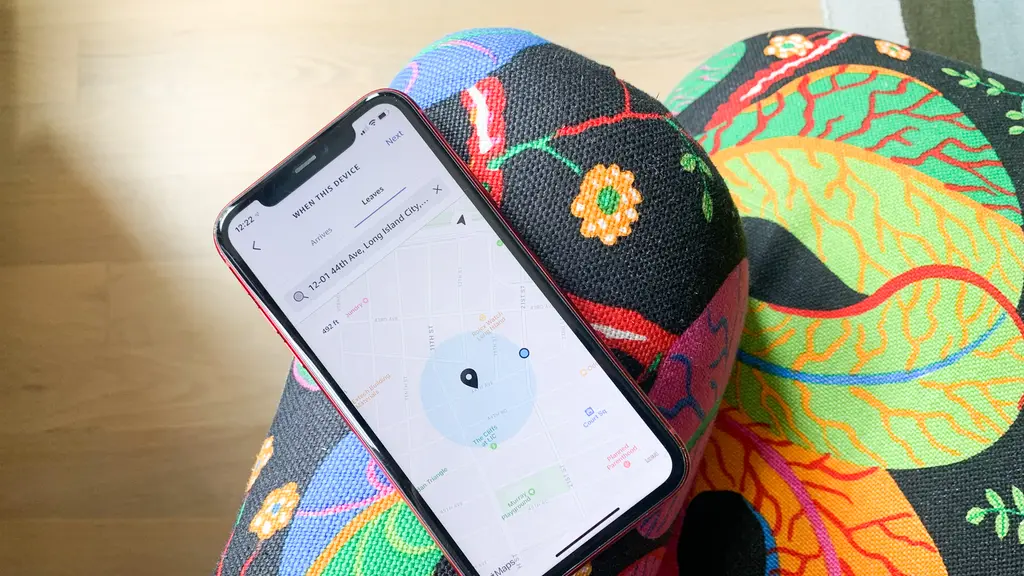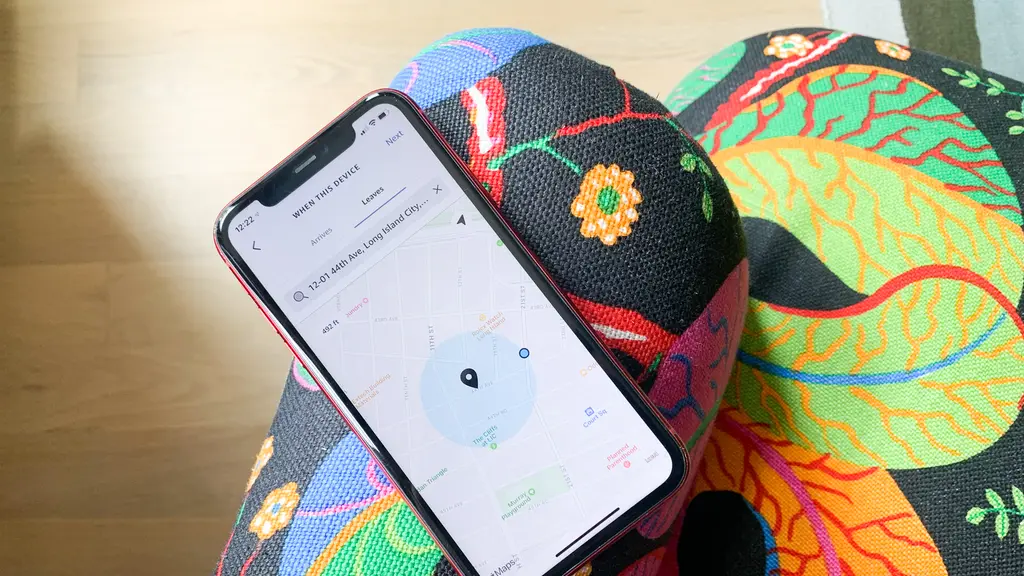Geofencing is a smart home technology feature that creates a virtual boundary around a specific geographic location, such as your home. It uses GPS, Wi-Fi, cellular data, or Bluetooth signals to detect when a device (like a smartphone) enters or exits this boundary. When this happens, predefined actions are triggered automatically within your smart home system.
Geofencing enhances automation by enabling your smart home to respond to your presence or absence seamlessly. This article will explore how geofencing works, its benefits, applications, and potential drawbacks.
How Does Geofencing Work?

Geofencing relies on location-based services from your smartphone or a compatible device. The process typically involves the following steps:
- Defining the Virtual Boundary
- A geofence is created using a smart home app, such as Google Home, Amazon Alexa, or Apple HomeKit.
- The boundary is typically set as a radius around a specific point, such as your home address.
- Tracking Device Location
- The smart home system tracks the location of your smartphone or other linked devices.
- GPS, Wi-Fi, or Bluetooth signals determine whether the device is inside or outside the geofence.
- Triggering Actions
- When the device crosses the geofence, predefined actions are triggered.
- For instance, entering the geofence could turn on lights and adjust the thermostat, while exiting might lock doors and arm security systems.
Benefits of Geofencing in Smart Homes
1. Enhanced Automation
Geofencing eliminates the need to manually control devices. Your smart home system automatically adjusts based on your location, creating a hands-free, personalized experience.
2. Energy Efficiency
By automating devices based on your presence, geofencing can help reduce energy consumption. For example:
- Thermostats can adjust to energy-saving modes when you leave.
- Lights and appliances can turn off when no one is home.
3. Improved Security
Geofencing enhances security by ensuring actions like:
- Automatically locking doors when you leave the house.
- Activating cameras or alarms when the home is unoccupied.
4. Convenience and Comfort
Geofencing creates a welcoming environment by preparing your home for your arrival. For instance:
- Lights can turn on as you approach.
- Your smart speaker can start playing your favorite playlist.
- The thermostat can adjust to your preferred temperature.
5. Family and Multi-User Support
Geofencing can accommodate multiple users, ensuring actions are only triggered when all occupants have left or someone returns home.
Applications of Geofencing in Smart Homes
1. Smart Lighting
- Turn lights on or off based on your location.
- Create mood lighting automatically when you arrive.
2. Smart Thermostats
- Adjust the temperature when you leave or return.
- Save energy by turning off HVAC systems when no one is home.
3. Home Security Systems
- Lock doors and arm security systems when you exit the geofence.
- Disarm security systems and unlock doors as you approach.
4. Smart Appliances
- Start or stop appliances like robot vacuums or washing machines based on your presence.
- Turn off unnecessary devices when leaving the home.
5. Notifications and Alerts
- Receive reminders if doors are left unlocked or windows are open when exiting the geofence.
- Get alerts when children or family members arrive or leave home.
Examples of Geofencing in Smart Home Use Cases
Scenario 1: Leaving Home
- When you leave the geofence, your smart home can:
- Lock all doors.
- Turn off lights and appliances.
- Set the thermostat to energy-saving mode.
- Activate security cameras and alarms.
Scenario 2: Coming Home
- As you approach the geofence, your smart home can:
- Unlock doors and disable alarms.
- Turn on outdoor and indoor lights.
- Play music or turn on the TV to your favorite channel.
Scenario 3: Managing Multiple Users
- For families, geofencing ensures actions are based on everyone’s location.
- The thermostat won’t adjust if one family member is still home.
- Security systems remain armed until the last person leaves.
How to Set Up Geofencing for Your Smart Home
- Choose a Smart Home Platform
- Popular options include Google Home, Amazon Alexa, Apple HomeKit, and Samsung SmartThings.
- Enable Location Services
- Ensure location tracking is enabled on your smartphone or device.
- Create a Geofence
- Define the boundary in your smart home app, typically by entering your home address and selecting a radius.
- Customize Triggers and Actions
- Set actions for when you enter or exit the geofence.
- Examples include turning on lights, locking doors, or adjusting the thermostat.
- Test and Adjust
- Test the geofence functionality and fine-tune the settings to suit your preferences.
Challenges and Limitations of Geofencing
1. Privacy Concerns
- Geofencing requires access to your location data, which may raise privacy concerns.
- To mitigate this, use platforms with strong encryption and privacy policies.
2. Battery Drain
- Constant location tracking can drain your smartphone’s battery.
- Some systems allow toggling between GPS and Wi-Fi for less power-intensive tracking.
3. Connectivity Issues
- Geofencing relies on a stable internet connection to communicate with devices.
- Poor connectivity can lead to delays or missed triggers.
4. Limited Accuracy
- GPS-based geofencing may have limited accuracy in densely populated or urban areas with tall buildings.
Future of Geofencing in Smart Homes
Geofencing technology is evolving to offer even more precise and context-aware automation. Future advancements may include:
- Improved Accuracy: Integration with 5G networks and advanced location services.
- AI Integration: Systems that learn user behavior to predict actions without explicit commands.
- Expanded Applications: Beyond homes, geofencing could be used for smart workplaces or community spaces.
Conclusion
Geofencing is a powerful tool that enhances the functionality of smart homes by automating tasks based on your location. From improving security and energy efficiency to providing unparalleled convenience, it creates a seamless and personalized living experience. While there are challenges like privacy concerns and connectivity issues, the benefits of geofencing make it an invaluable feature for modern smart homes.
By understanding and implementing geofencing, you can take your home automation to the next level, creating a home that truly adapts to your lifestyle.

